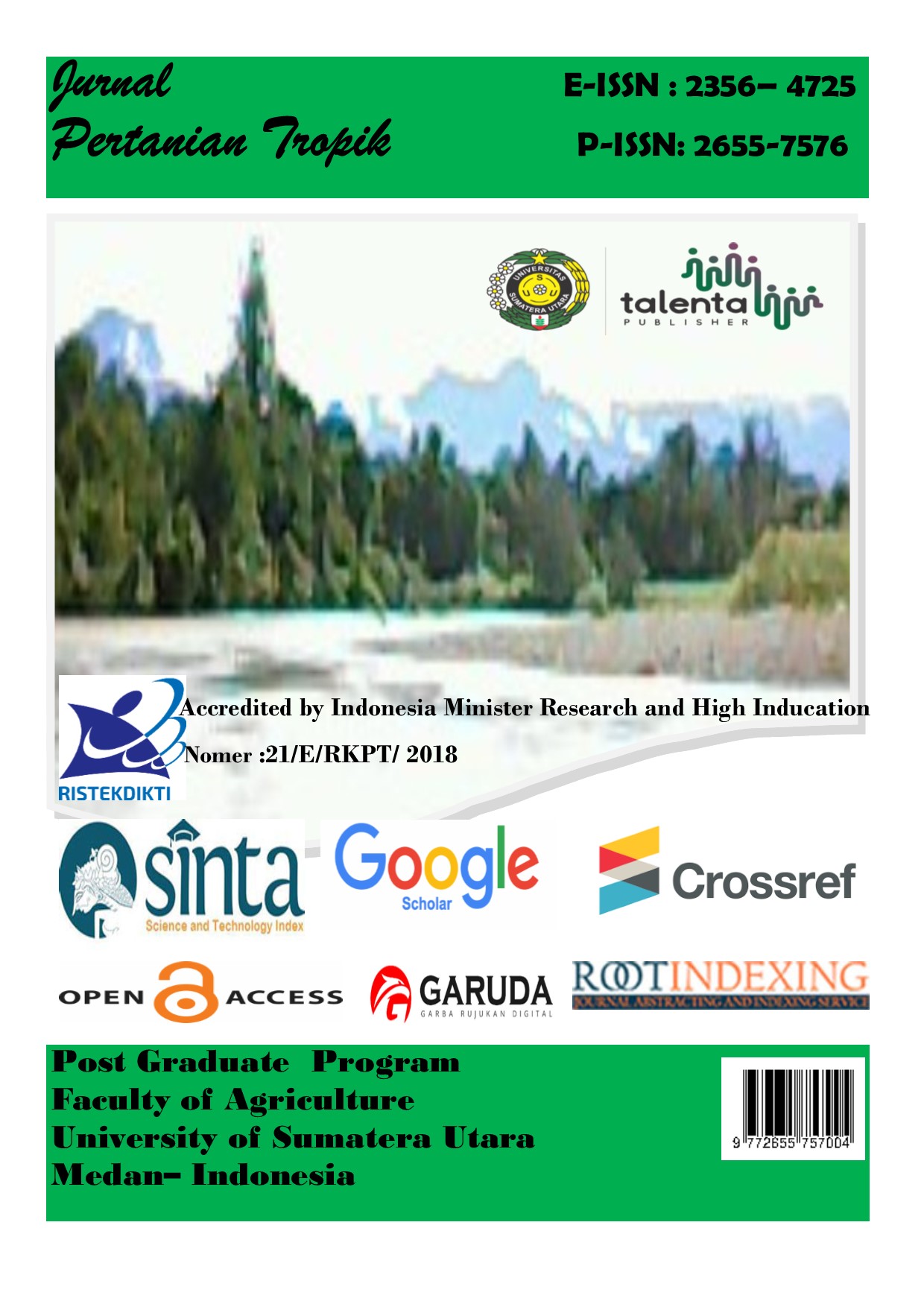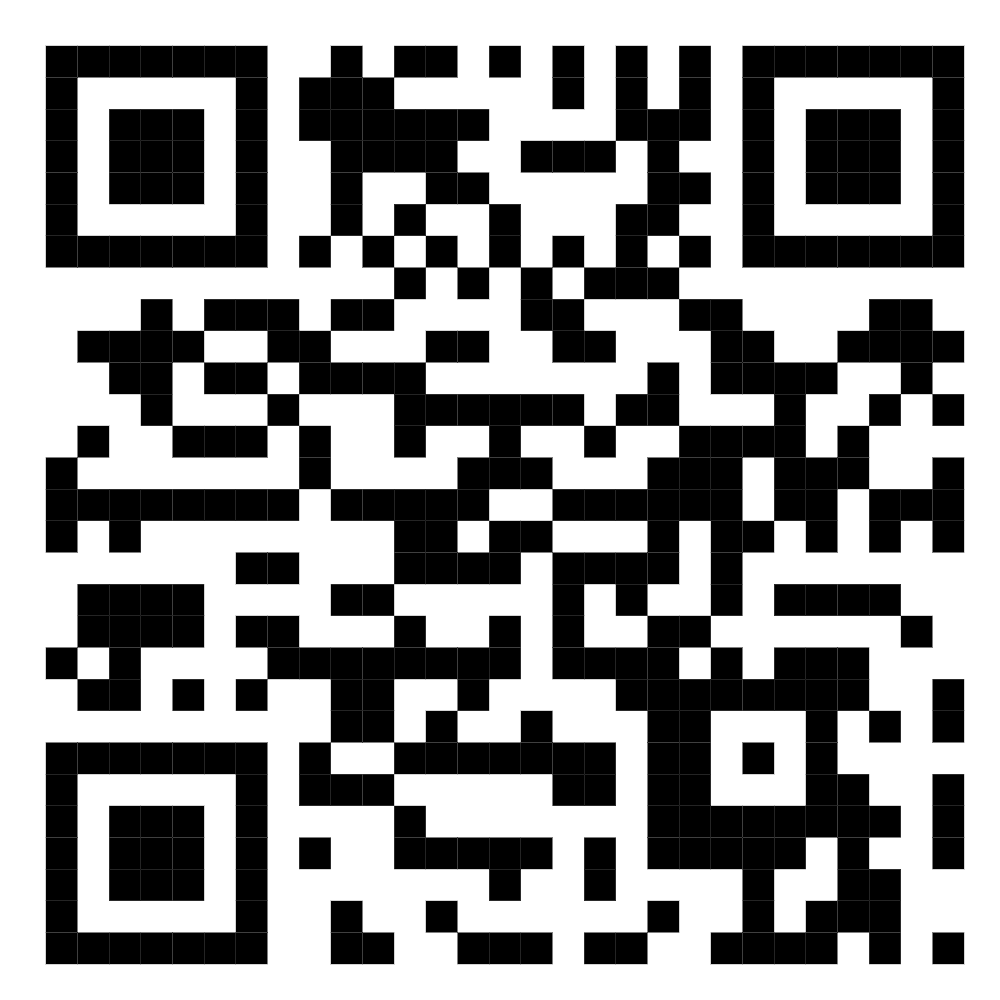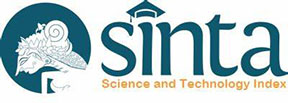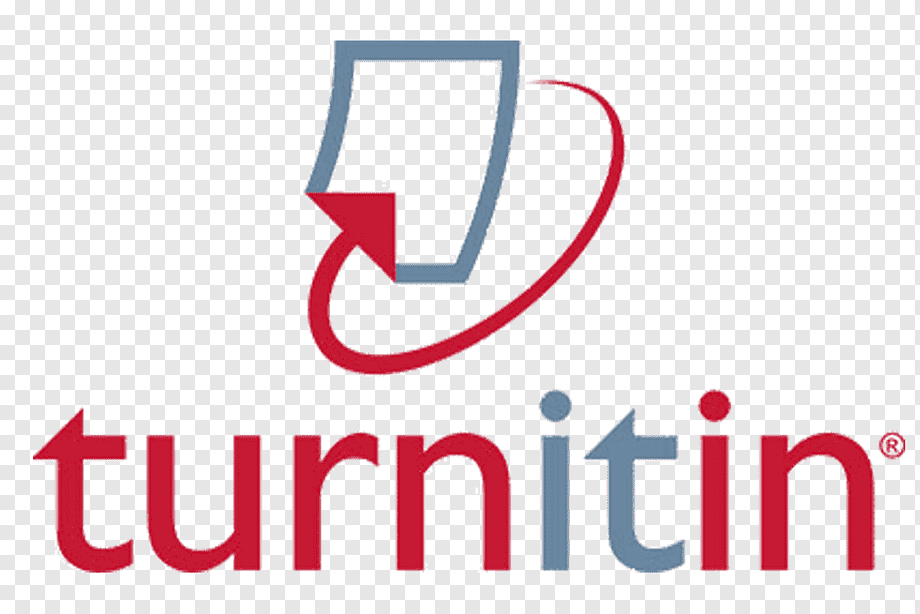Response Growth and Development of Gambas Plant (Luffa acutangula L.Roxb) to Application of Manure and Trichoderma koningii
DOI:
https://doi.org/10.32734/jopt.v8i3.8525Abstract
Gambas is a plant that has several advantages. It contains protein, fat, carbohydrate, fiber and sugar which make it beneficial for people who consume it. In order to increase growth and production, fertilizer plays an important role in supplying the minerals or nutrients needed by plants. Manure, which is a mixture of solid dung, urine, and (plant) food waste, plays a very important role as a food source for soil organisms. Due to the various benefits and high economic value of the gambas plant, numerous efforts have been made to increase productivity and suppress the growth of pathogens that can interfere with gambas growth, one of which is the use of biological agents. The biological agents commonly used are from the fungi group. Trichoderma harzianum is one type of fungi that can be used as a biological agent. This study used a factorial group design consisting of two factors, with a 4x3 factorial pattern and 3 replications. The factors studied included types of manure and doses of Trichoderma fertilizer, which consisted of 12 levels, namely K0= control (un-fertilizer), K1= Goat Manure (2 kg/plot), K2= Chicken Manure (2 kg/plot), K3= Cow Manure (2 kg/plot), while the Trichoderma Fertilizer Factor (M) consisted of 3 levels, namely M0= Control, M1= Trichoderma (5 g/plot), M2= Trichoderma (10 g/plot). The results showed that the application of manure and Trichoderma koningii fertilizer had a significant effect on plant height, number of leaves and fruit weight of the sample/plot, which indicates that the application of both types of fertilizers can increase the content of organic matter in the soil.
Downloads
References
Pradita, T. P., Yamika, W. S. D and Sumarni T. 2018. Pengaruh Jarak Tanam Cabai Rawit (Capsicumfrutescens L. nielsen) di Taman Hutan Cikabayan. Jurnal Manajemen Hutan Tropika. Vol XIII. No. 1:78-92.
Raihan, H.S., dan Nurtirtayani. 2001. Pengaruh pemberian bahan organik terhadap N dan P tersedia tanah serta hasil beberapa varietas jagung di lahan pasang surut. Agrivita, Vol. 23 (1) : 13-19. Faperta Unibraw.
Rukmana R, and Yudirachman H., 2016. Budidaya Sayuran Lokal. Nuansa cendekia. P 101.
Samadi, B. dan B. Cahyono. 2005. Intensifikasi Budidaya Bawang Merah. Kanisius. Yogyakarta. 74 hal.
Sukamto, 2007. Membuat Pupuk Kompos Cair. PT. Agro Media Pustaka
Sunarjono, H. 2000. Bertanam 30 Jenis Sayur.Penebar Swadaya. Jakarta : 124 Halaman.
Suwahyono.U., and P. Wahyudi., 2001. Trichoderma harzianum dan Aplikasinya: Penelitian dan Pengembangan Agen Pengendali Hayati. Direktorat Teknologi.BPPT.Jakarta. P.5.
Downloads
Published
How to Cite
Issue
Section
License
Copyright (c) 2022 Jurnal Pertanian Tropik

This work is licensed under a Creative Commons Attribution-ShareAlike 4.0 International License.






















